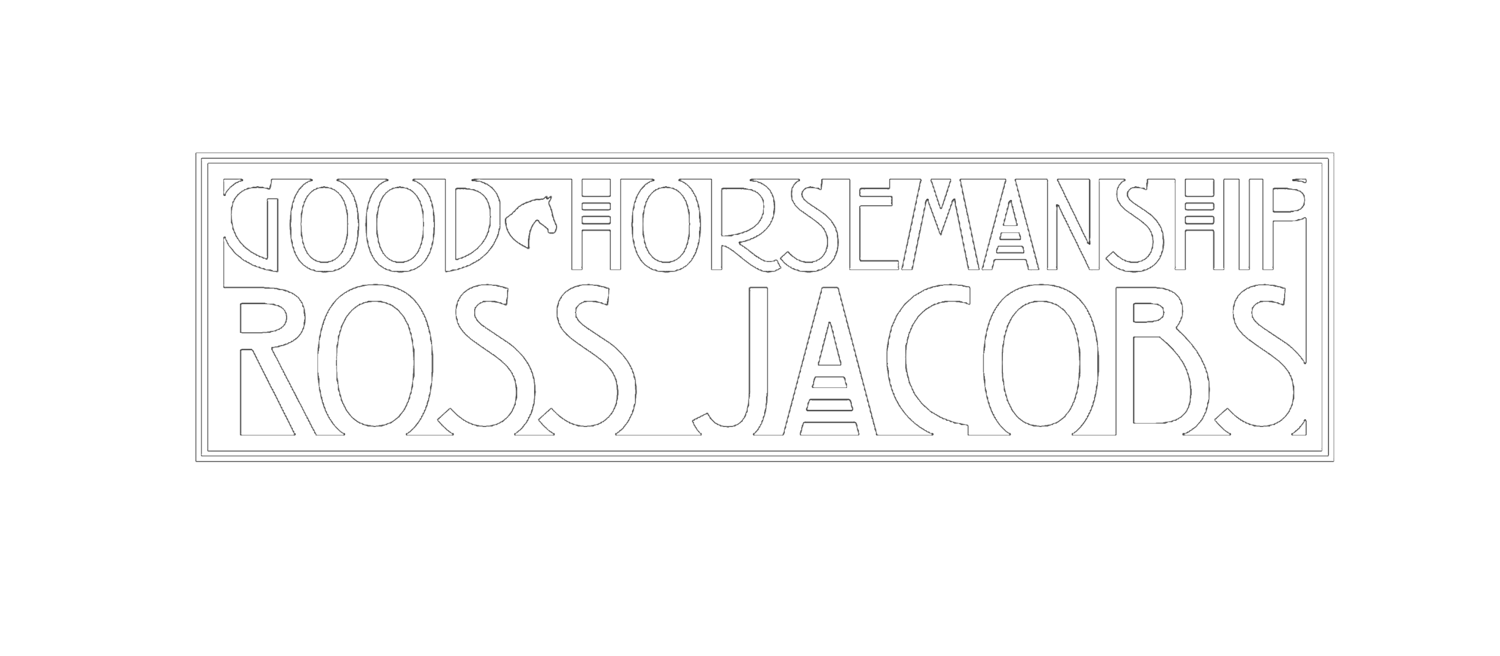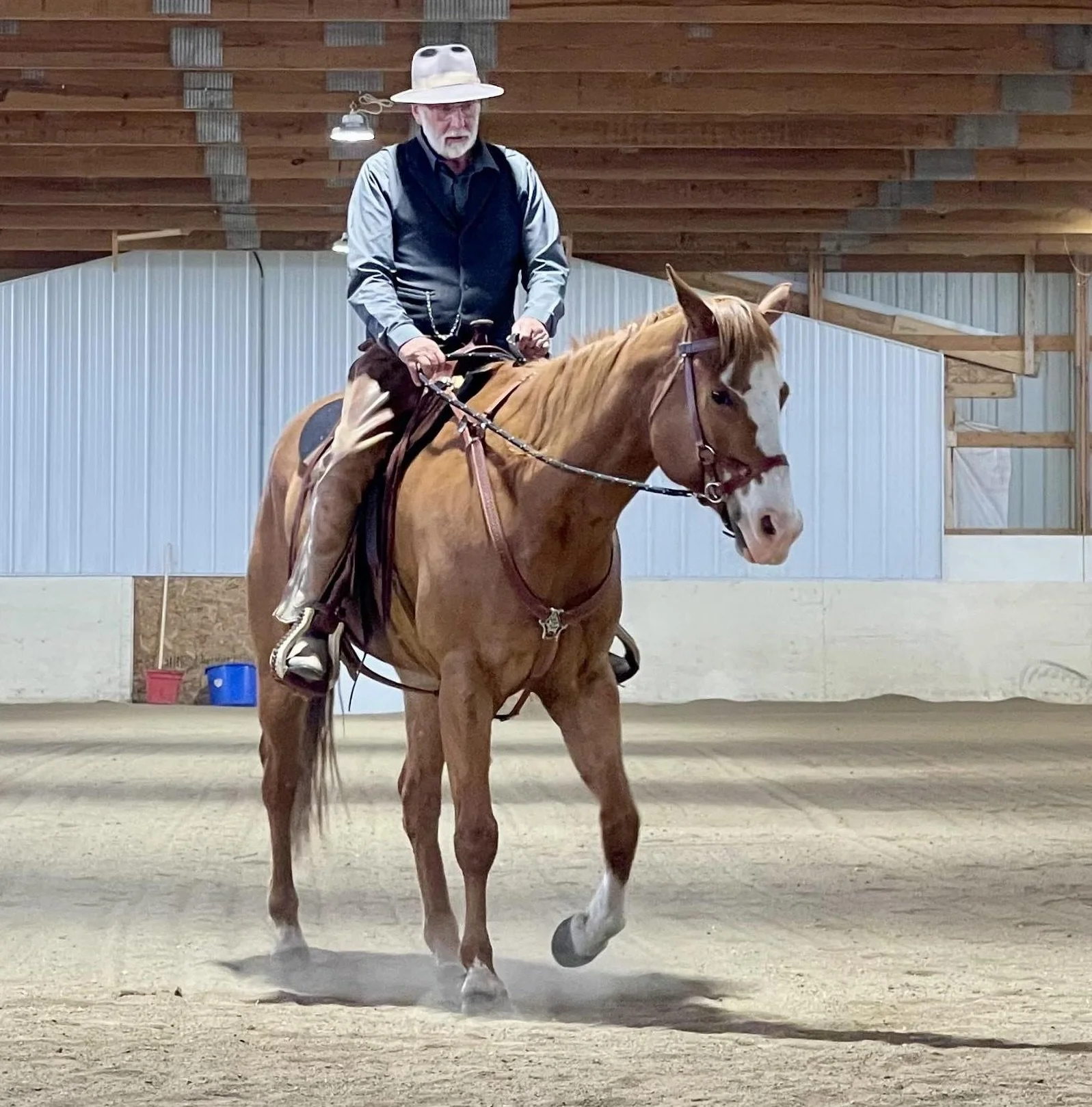Ever since I was a young fellow learning to be a proper rider rather than a passenger, the importance of maintaining even rein contact has been drilled into me. It was explained to me that my lack of even contact was the cause of crookedness in the schoolmaster I was sitting on. It made sense, so I worked hard to maintain even rein contact.
Over the years I slowly evolved from being a textbook rider to being a critical thinking horseman. I hope I am still evolving. Part of my growth was to question the importance of maintaining even rein contact. Why it is important? When it is important? And when it is counterproductive?
The premise that an even rein contact is important in guiding a horse to straightness is valid, but only the condition that your horse is equalling soft (or equally braced if you prefer) on the left and right rein. That is, the degree of feel needed in the right rein to achieve an outcome on the right side is identical to the amount of feel needed in the left rein to achieve the same outcome on the opposite side.
If a horse is just as soft or just as resistant in response to the feel in the left and right rein, then even rein contact is very important.
However, in my experience horses that are like that are the exception and not the rule. Maybe it is because my job entails mostly working with horses that are not highly trained riding horses. But I have ridden highly educated competition dressage horses, and still find horses that are equally responsive on the left and right rein to be rare. In any case, every horse starts out being more braced on one rein than they do on the other. Yet, the practice of maintaining an even rein contact is still commonly taught - especially in the dressage world.
The goal should be to teach a horse to be equally responsive and soft on both reins. But when there is more resistance on one rein than the other, even contact is not going to work. Using even rein contact on a horse that is not equally responsive on either side means that on the soft side, your rein may be applying too much pressure and on the stiffer side your rein may not be doing enough to help your horse to soften.
Rein contact should be adjusted to not only compensate for differences in resistance but to also encourage a horse to soften on the stiffer side. That means we should apply less rein pressure on the softer side than we do on the heavier side. We calibrate our rein pressure to make both sides soft and equal.
It is important to remember that resistance can change in an instant. Therefore, we must be able to adjust the different feel in our reins dynamically. We should not take hold of the reins and maintain that degree of pressure. Our hands should be constantly adjusting the feel in the left and right rein to guide the horse towards being equally soft on both sides. This is hard to achieve because with each change in a horse’s focus the softer side and the more braced one will swap constantly. You can’t assume that one side is always the more resistant side and therefore will always require a little more rein contact in that side.
This concept of a dynamic feel in the reins with uneven contact is an integral part of riding a horse with a mental and physical connection that is very much alive in a moment-to-moment sense. I often equate it to dancing with your horse. The greatest dance partners are using a constant change in their feel to communicate every movement and be as one. So it is with riding and the way we use our aids.

